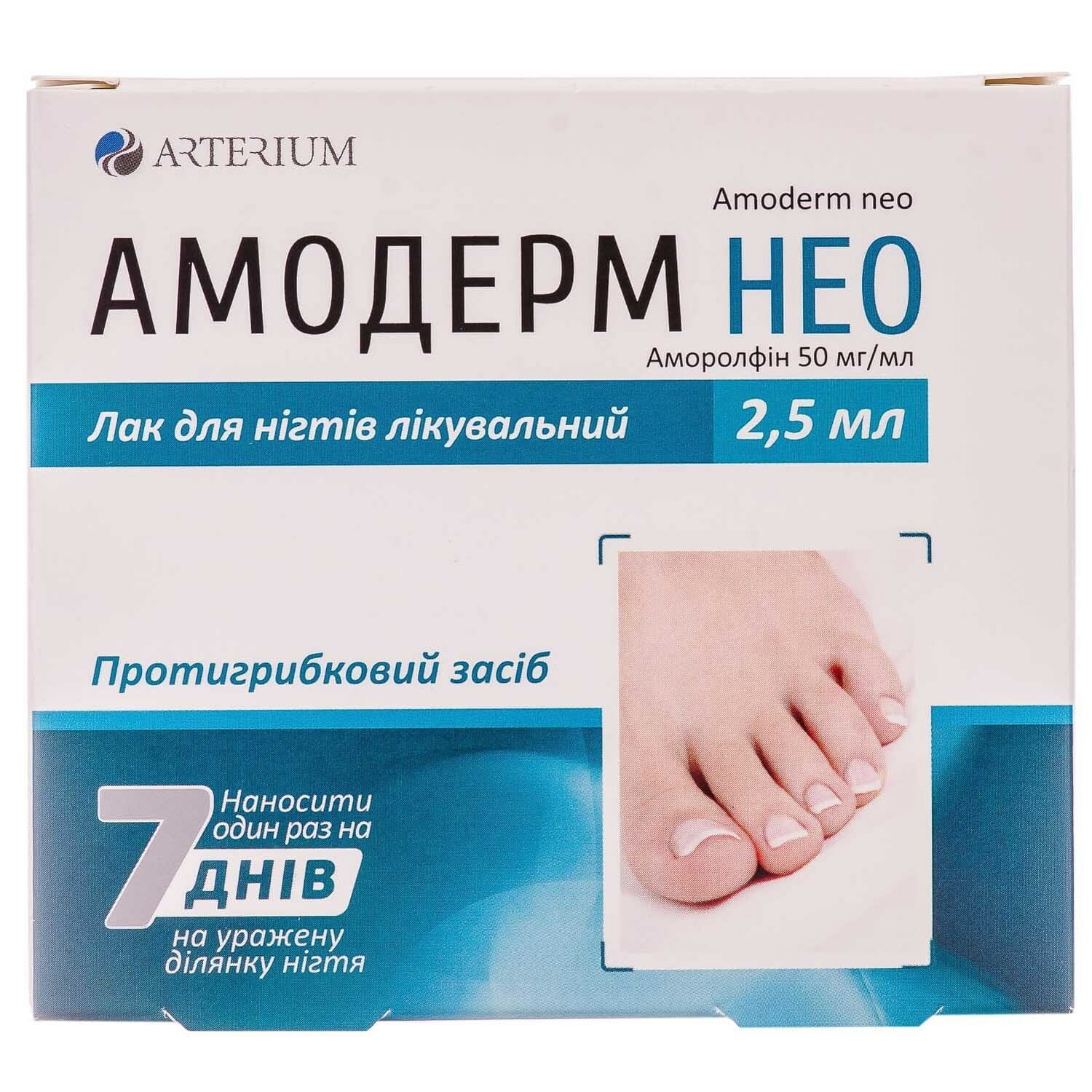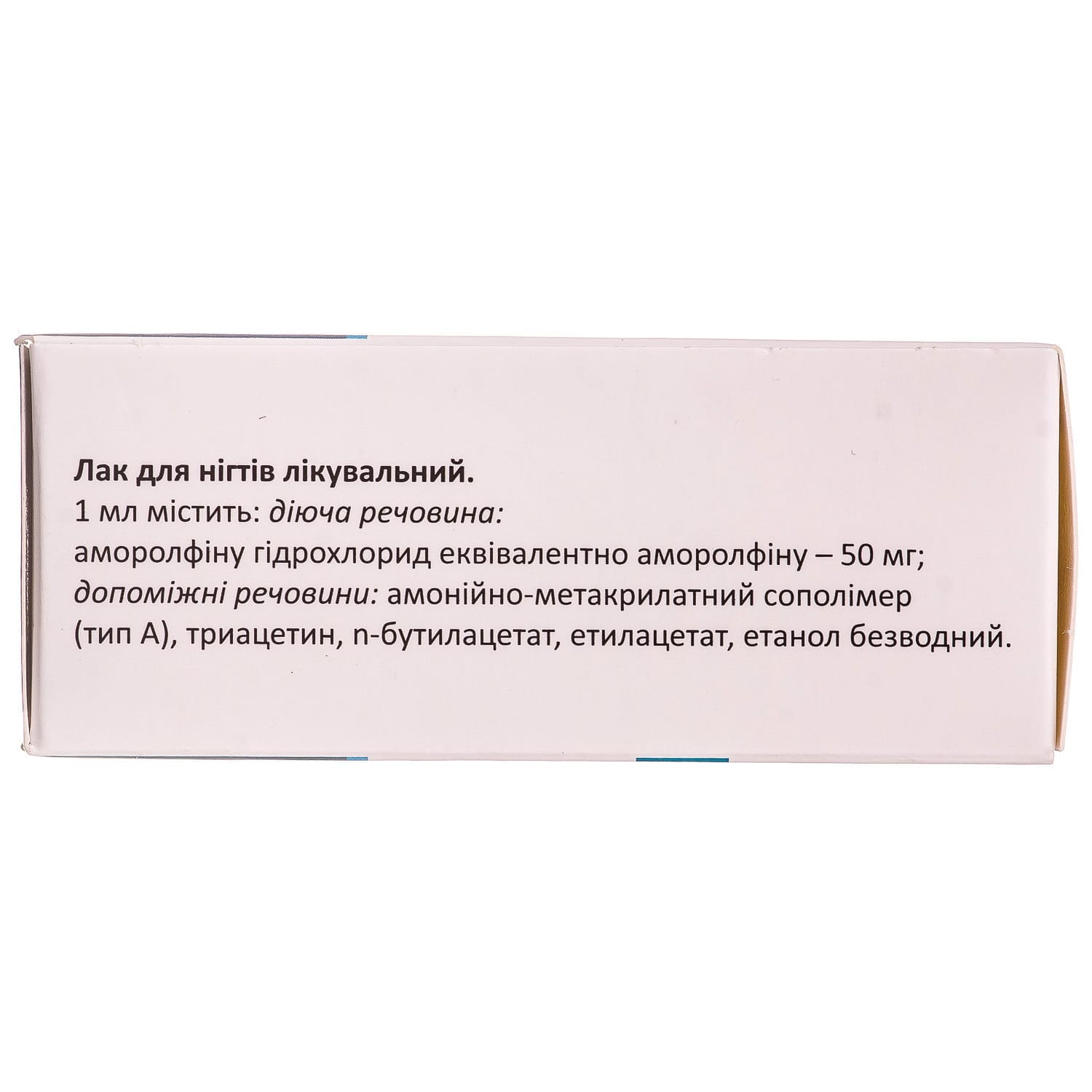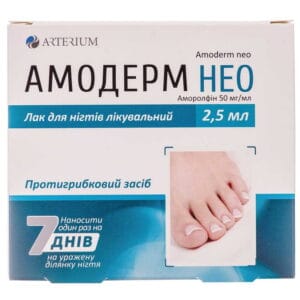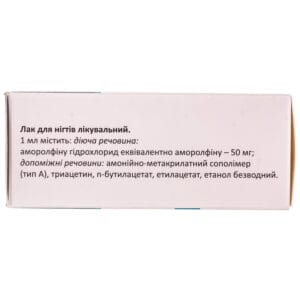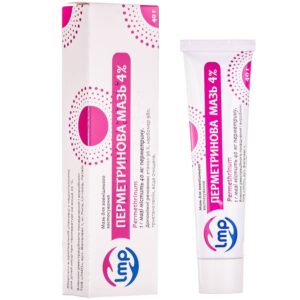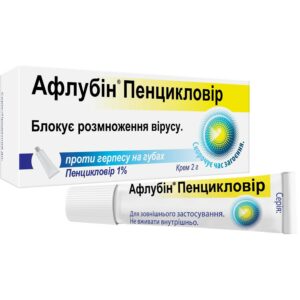No products in the cart.
Great news! The Canada Post strike is over! We’re resuming deliveries to Canada!
Excellente nouvelle ! La grève de Postes Canada est terminée ! Nous reprenons les livraisons vers le Canada !
Great news! The Canada Post strike is over! We’re resuming deliveries to Canada!
Excellente nouvelle ! La grève de Postes Canada est terminée ! Nous reprenons les livraisons vers le Canada !
Duac Gel, 15 g tube
$36.21
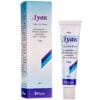
[category_image]
Amoderm Neo Therapeutic Nail Lacquer 50 mg/ml, 2.5 ml bottle
$37.14
Amoderm Neo 50 mg/ml therapeutic nail lacquer treats fungal nail infections. Apply weekly for effective antifungal treatment and nail recovery.
Categories: Dermatology
Brand: Arterium
Pharmacological Properties
Pharmacodynamics
A topical antifungal medication providing fungistatic and fungicidal action by altering the cell membrane through inhibition of sterol biosynthesis. Amorolfine inhibits Δ14-reductase and Δ7–Δ8-isomerase enzymes.
Highly active against common and rare nail fungal pathogens, including dermatophytes, yeasts, molds, dematiaceous fungi, and dimorphic fungi.
Pharmacokinetics
Amorolfine penetrates the nail plate and nail bed within 24 hours. Effective concentrations remain in the affected nail for 7–10 days. Systemic absorption is negligible (plasma < 0.5 ng/ml).
Indications
- Fungal nail infections caused by dermatophytes, yeasts, and molds, without nail matrix involvement.
- Uncomplicated distal and lateral onychomycosis limited to two nails.
- Prevention of fungal nail infections.
Usage
- Before the first application, carefully file the affected nail surfaces.
- Clean and degrease the nail with alcohol.
- For repeated applications, file and clean the nail again. Do not use the same file on healthy nails.
- Apply the lacquer with the included applicator to the entire affected nail surface.
- Allow the lacquer to dry for 3–5 minutes. Do not wipe the applicator on the bottle neck.
- Keep the bottle tightly closed and protect nails from solvents using waterproof gloves.
- Continue treatment until the nail recovers. Typical duration: 6 months for fingernails, 9–12 months for toenails. Repeat treatment every 3 months if needed.
Contraindications
Hypersensitivity to amorolfine or any excipients.
Side Effects
- Rare: nail changes (color, brittleness), mild burning sensation on skin.
Special Precautions
- Avoid contact with eyes, ears, and mucous membranes.
- Do not use nail polish or artificial nails during treatment.
- Patients with peripheral circulation disorders, diabetes, immunosuppression, or nail dystrophy should consult a doctor before use.
- Pregnancy and breastfeeding: consult a physician before use.
- Children:
You may also like



